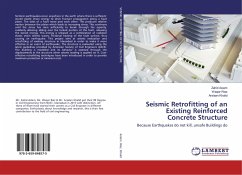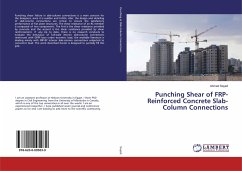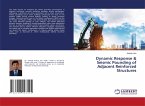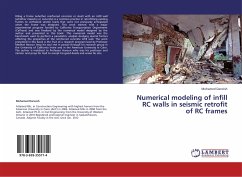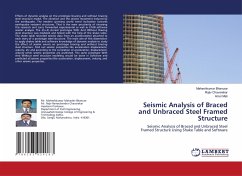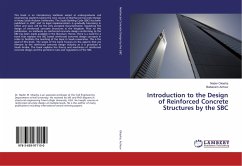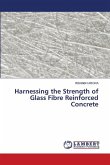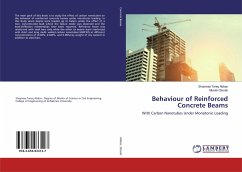Tectonic earthquakes occur anywhere in the earth where there is sufficient stored elastic strain energy to drive fracture propagation along a fault plane. The sides of a fault move past each other. This produces relative motion between the plates which leads to increasing stress. This continues until the stress has risen sufficiently to break through the asperity, suddenly allowing sliding over the locked portion of the fault, releasing the stored energy. This energy is released as a combination of radiated elastic strain seismic waves, frictional heating of the fault surface, thus causing an earthquake. This project aims at seismic evaluation and retrofitting of existing structure in Islamabad in order to make it more effective in an event of earthquake. The structure is evaluated using the latest guidelines provided by American Society of Civil Engineers (ASCE). The building is modelled and its behavior is assessed through the displacements in the structure when seismic loadingis applied on it. Cost-effective retrofitting techniques have been introduced in order to provide maximum protection at minimum cost.
Bitte wählen Sie Ihr Anliegen aus.
Rechnungen
Retourenschein anfordern
Bestellstatus
Storno

